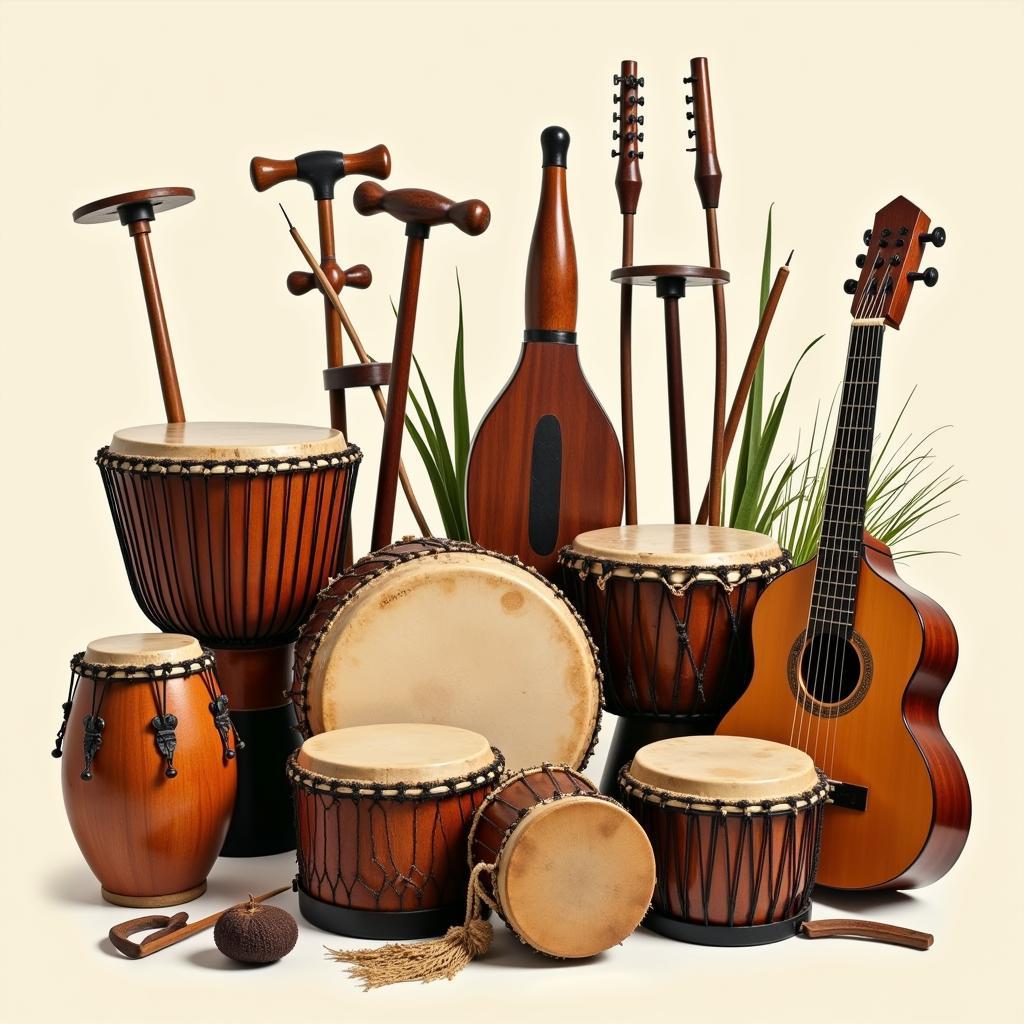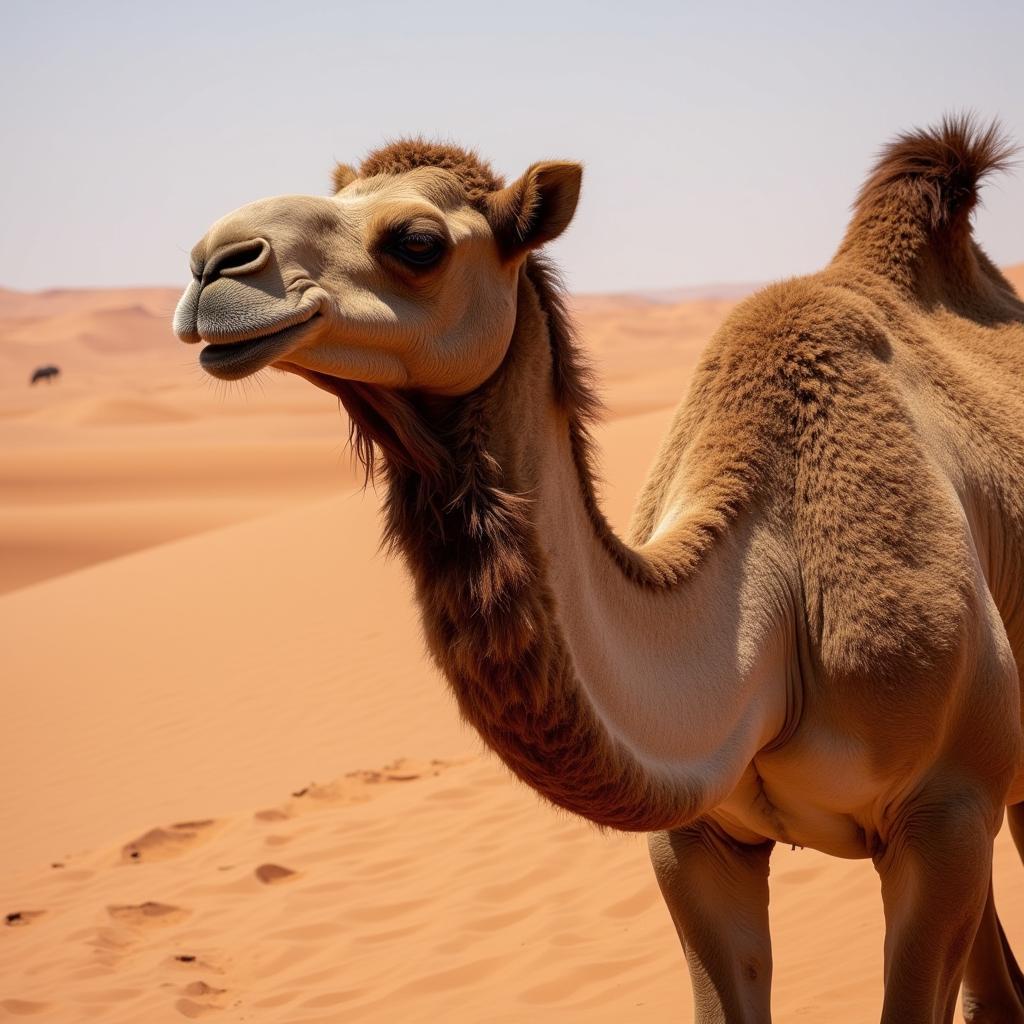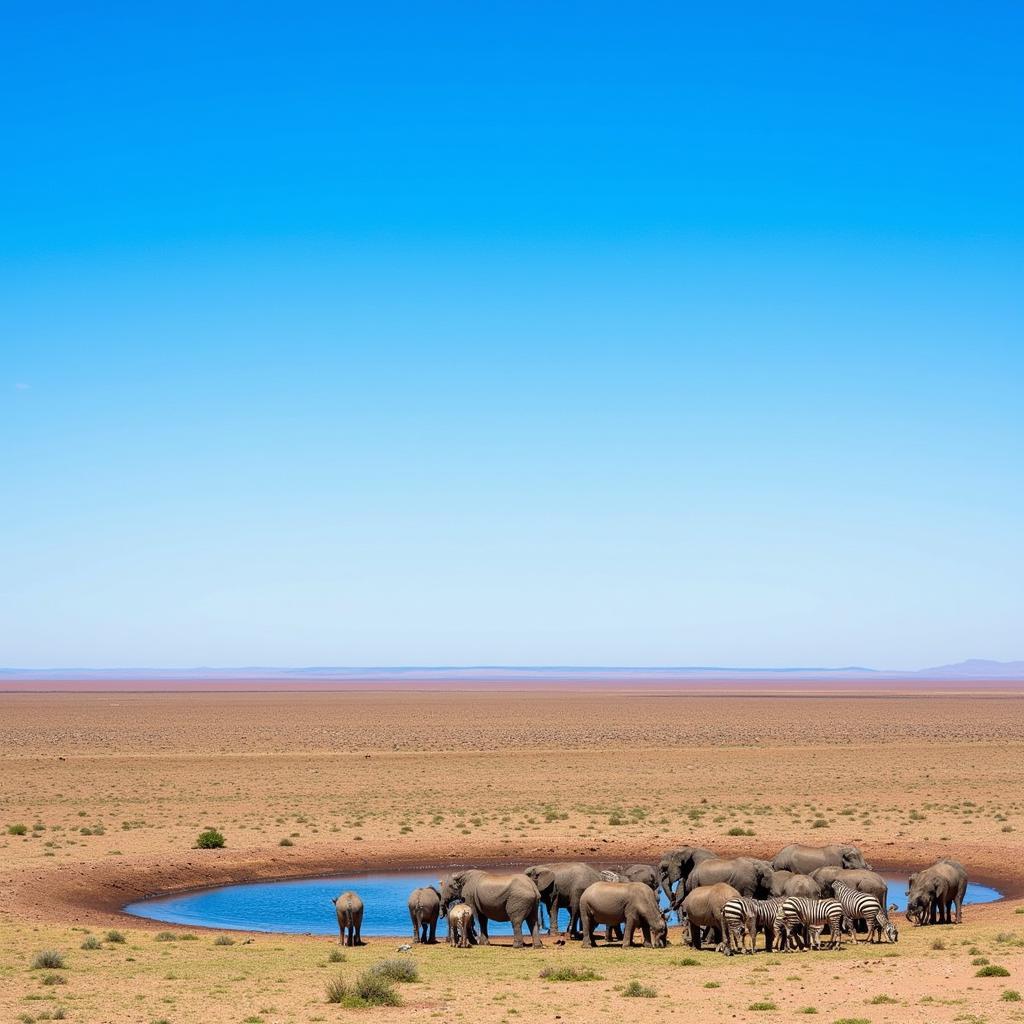Exploring the Beauty and Tradition of the African Baby Wrap
The African Baby Wrap, a timeless tradition across the continent, offers a beautiful blend of practicality and cultural significance. From bustling marketplaces to quiet villages, these versatile carriers are more than just a way to transport a child; they represent a deep connection between mother and baby, a tangible link to ancestral wisdom, and a vibrant expression of African heritage. We’ll delve into the rich history and diverse styles of the African baby wrap, exploring its evolution and enduring appeal in modern times.
A Legacy of Love: The History of African Baby Wraps
For centuries, African mothers have relied on baby wraps, skillfully crafted from locally sourced materials like cotton, linen, and even animal hides. These wraps, often passed down through generations, are not merely functional; they are imbued with stories, traditions, and the love of countless mothers. More than just a piece of cloth, the African baby wrap signifies a deep bond, offering comfort, security, and a constant connection to the caregiver. These carriers allowed mothers to keep their babies close while tending to daily tasks, fostering a sense of intimacy and security crucial for development. This practice reflects a communal approach to childcare, where the responsibility of nurturing is shared amongst family members.
The african baby wrap name varies across different regions and ethnic groups, reflecting the diverse linguistic landscape of the continent. Each name often holds specific cultural meaning and highlights the unique history and craftsmanship associated with each wrap style.
A Tapestry of Styles: Exploring Different African Baby Wraps
From the vibrant Kanga of East Africa to the intricately woven wraps of West Africa, the styles are as diverse as the continent itself. Each region boasts its own unique approach to wrapping, reflecting the local climate, cultural practices, and readily available materials. The choice of fabric, color, and pattern often holds symbolic meaning, reflecting social status, family lineage, or even specific celebrations.
What are African baby wraps called? Well, that depends! African baby wraps slings come in a variety of forms and names. The Kanga, for instance, is a rectangular piece of fabric with Swahili proverbs printed on it, often used in East Africa. In other regions, long strips of handwoven cloth are meticulously wrapped to create a secure and comfortable carrier. These variations showcase the ingenuity and creativity of African artisans.
Modern Adaptations: The African Baby Wrap Today
Today, the African baby wrap continues to be a popular choice for parents around the world, appreciated for its practicality and cultural richness. Modern adaptations often incorporate contemporary materials and designs, while still honoring the traditional techniques and symbolism. The resurgence in popularity reflects a growing awareness of the benefits of babywearing, including promoting bonding, reducing infant crying, and facilitating breastfeeding. Furthermore, choosing an African baby wrap allows individuals to connect with a rich cultural heritage and support artisans who continue to practice these time-honored crafts.
The Benefits of Babywearing with an African Baby Wrap
Why choose an African baby wrap? These wraps offer numerous benefits for both parent and child. Babywearing promotes physical closeness, which can help regulate a baby’s temperature, heartbeat, and breathing. It also allows for hands-free carrying, giving parents the freedom to multitask while keeping their little one close. Moreover, the act of wearing a baby in a traditional wrap can be a powerful way to connect with African culture and pass down a meaningful tradition.
The African khanga itself has a vibrant history in African American fashion history, and is now experiencing renewed interest in contemporary African American baby clothes.
Conclusion
The African baby wrap is more than just a practical tool; it’s a symbol of love, tradition, and connection. From its rich history to its modern adaptations, the African baby wrap offers a unique way to nurture and bond with your child while embracing a beautiful cultural heritage.
FAQ
- What are African baby wraps made of? Traditionally, they are made from various materials like cotton, linen, or animal hides. Modern versions can also incorporate contemporary fabrics.
- Are African baby wraps safe? Yes, when used correctly. Proper wrapping techniques ensure the baby’s safety and comfort.
- Where can I buy an authentic African baby wrap? You can find them online, in specialty stores, or from artisans directly.
- What is the significance of the patterns on African baby wraps? The patterns can hold symbolic meanings related to social status, family lineage, or celebrations.
- How do I learn different wrapping styles? There are many online resources and tutorials demonstrating various African baby wrapping techniques.
- What are the advantages of using an African baby wrap? They promote bonding, facilitate breastfeeding, and allow for hands-free carrying.
- Are African baby wraps suitable for all ages? While traditionally used for infants, some styles can accommodate toddlers as well.
For further assistance, please contact us: Phone: +255768904061, Email: kaka.mag@gmail.com or visit us at Mbarali DC Mawindi, Kangaga, Tanzania. Our customer service team is available 24/7.


